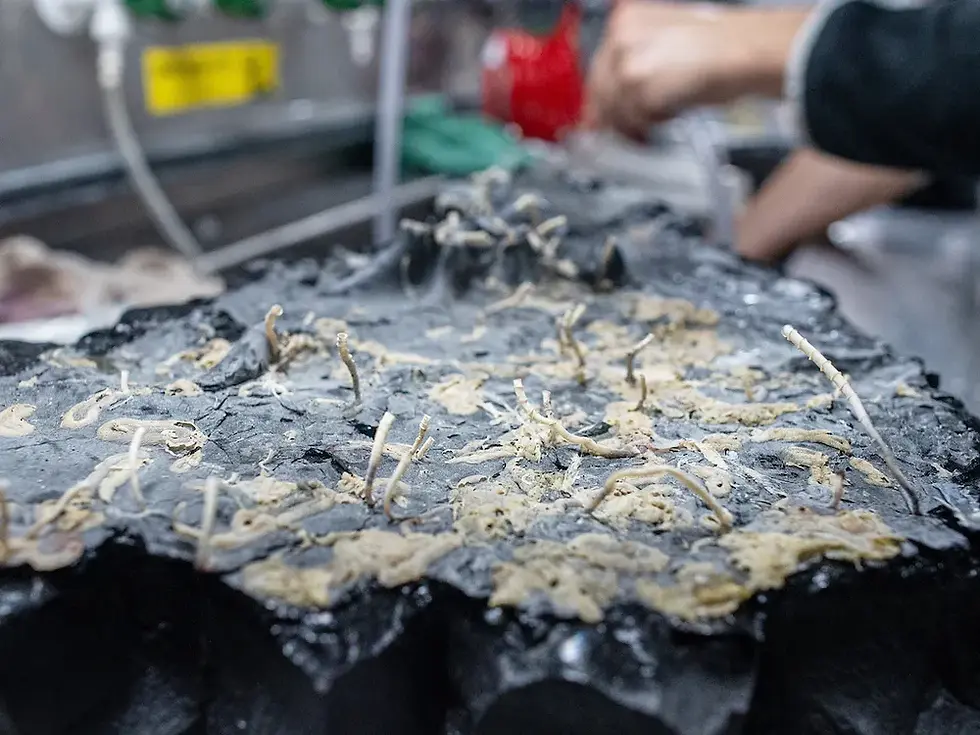The discovery of worms and snails near deep-sea hydrothermal vents reveals that these still-mysterious, dark hotspots of life extend beyond what’s visible above the crust.

In summer 2023, researchers deployed a remotely-operated underwater vehicle called SuBastian to investigate hydrothermal vents on the southeastern Pacific Ocean floor, 1.56 miles beneath the ocean surface. But when SuBastian flipped over a small section of ocean crust, the team discovered something unexpected beneath it: Worms, snails and other marine invertebrates were living in cavities under the seafloor.
“To our knowledge, it is the first time that animal life has been discovered in the ocean crust,” Sabine Gollner, a marine biologist at the Royal Netherlands Institute for Sea Research, told Reuters. Gollner is a co-lead author of a study detailing these findings, which has just been published in the journal Nature.
Hydrothermal vents are cracks in the ocean floor that release hot, mineral-rich water into the deep sea. They form when seawater seeps into Earth’s crust in areas where tectonic plates are either spreading or subducting - creating sites where magma is closer to the surface. The seawater gets heated by the magma, which sends it shooting back up into the deep ocean, along with a wealth of life-sustaining minerals that support a whole ecosystem of organisms in proximity to the vents.